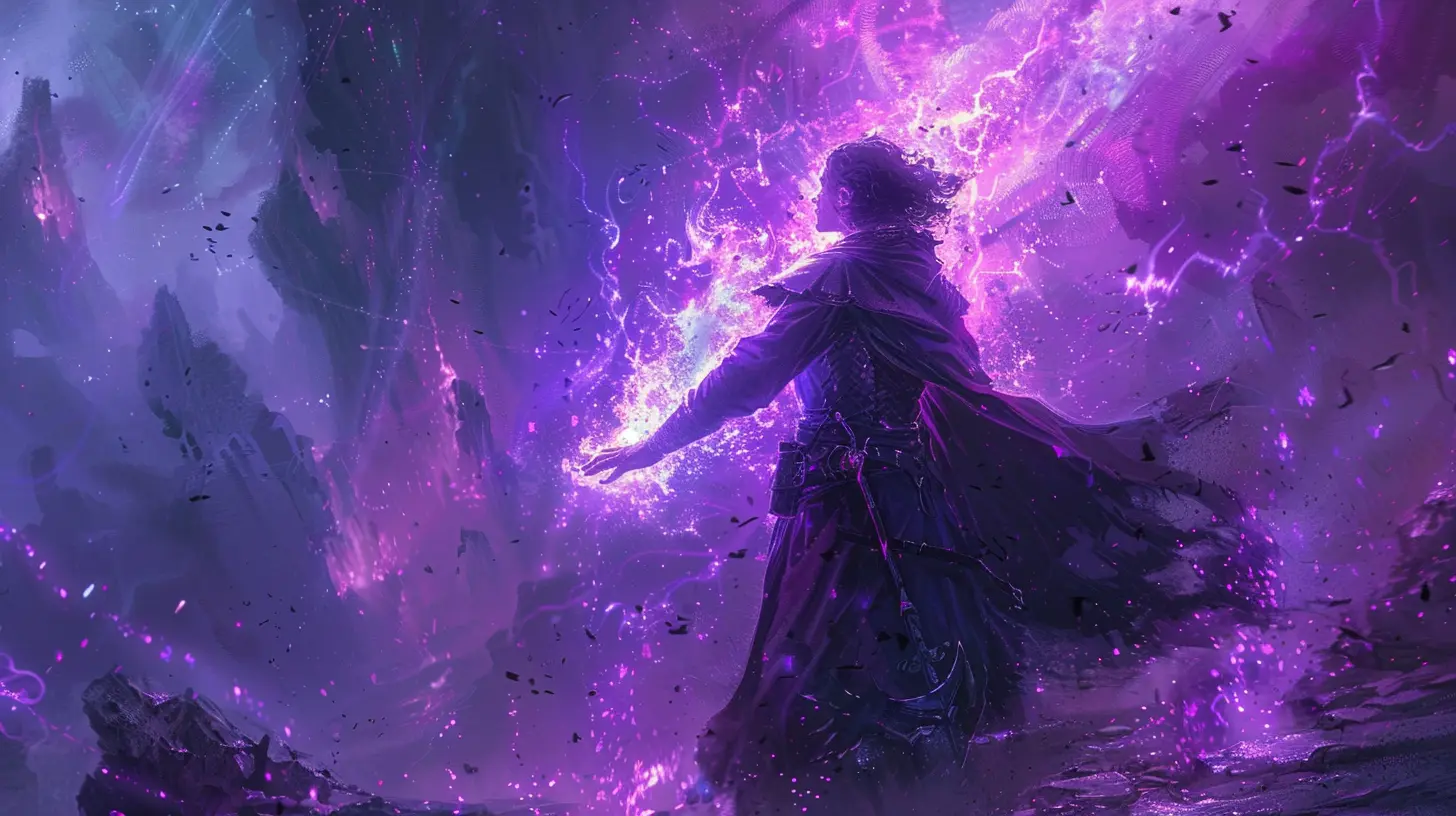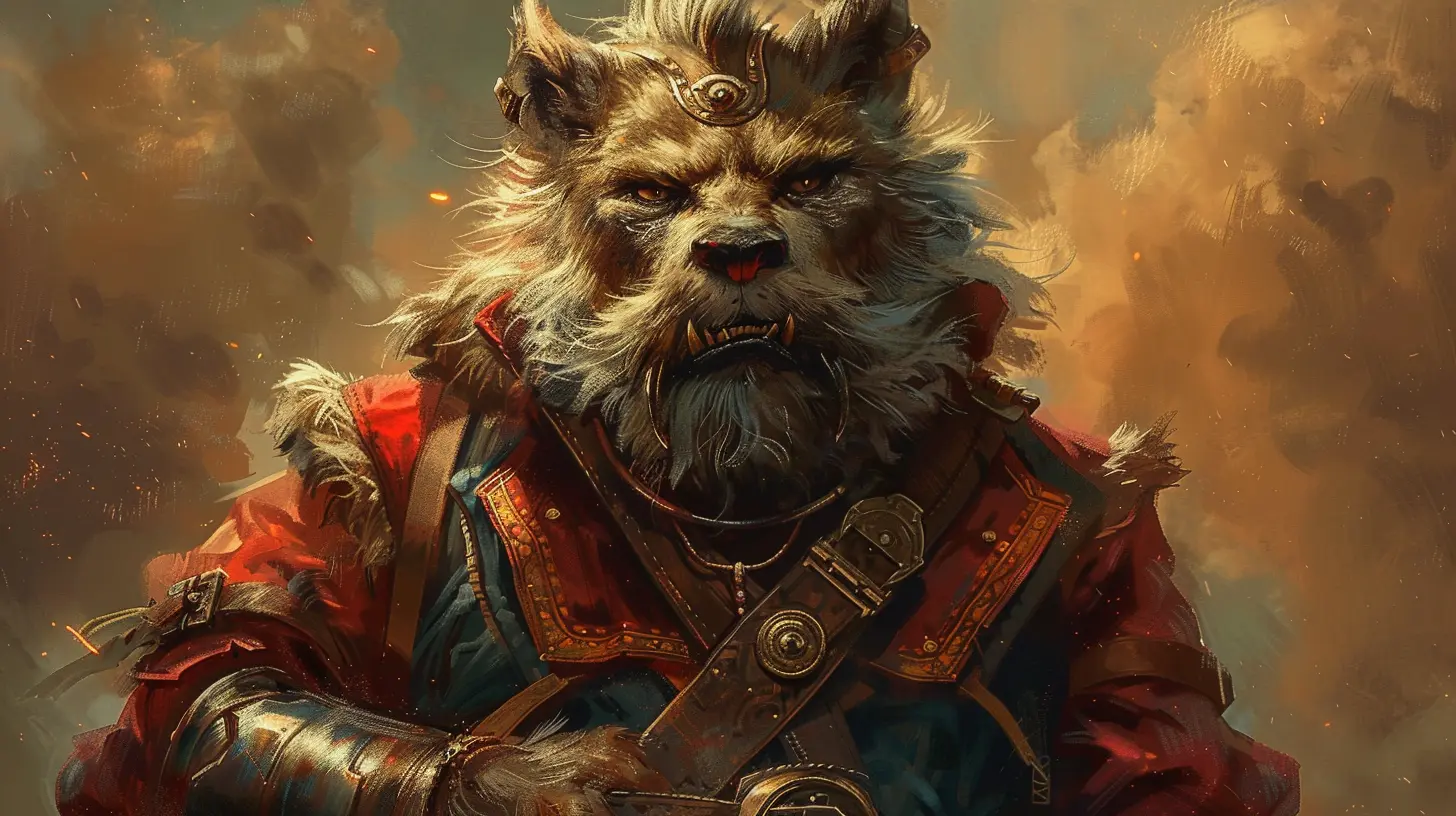The Art of Playing Support Roles Effectively
14 June 2025
When you think about video games, it’s easy for your mind to drift to flashy plays, high damage numbers, or being the hero that single-handedly carries the team. But let’s take a step back and shine the spotlight on something equally important: support roles. If you’ve ever underestimated the art of playing support, trust me—you’re missing out on one of the most rewarding aspects of gaming. Being a support isn’t just about healing or holding the fort—it’s about playing the glue that holds the entire team together.
So, whether you’re getting into a new game or looking to improve, let’s dive into the nitty-gritty details of how to master the art of playing support roles effectively. Trust me; it’s a journey worth taking.
What Does It Mean to Be a Support Player?
First things first: what does being a support player actually mean? Well, the name kind of gives it away. You’re there to support your team—whether it’s keeping them alive, boosting their damage, crowd-controlling enemies, or simply providing valuable information to guide the team toward victory.But hold on! Don’t make the mistake of thinking support is a "low-skill" or "boring" job. (I see you, damage-dealing mains rolling your eyes.) Playing support effectively can make or break a game. Take it this way: a car can have the best engine in the world, but without the wheels (that’s you, the support), it’s not going anywhere.
Why Is the Support Role So Important?
Think of support players as the unsung heroes of any game. Ever notice how even the flashiest DPS (damage-per-second) players crumble like a house of cards without a healer or utility-based teammate? Exactly. A solid support can turn a chaotic mess into a well-oiled machine. Here’s why:- Team Sustain: Whether it’s healing or shielding, support players ensure their teammates can survive long fights.
- Control Over the Battlefield: Many support characters have abilities that disrupt enemies or control an area of the map, allowing the team to reposition.
- Buffs and Debuffs: Boosting your allies’ effectiveness while nerfing the enemy is often the bread and butter of a support role.
- Scout and Shotcall: Supports are often free to focus on macro-level decisions to guide the team, like warding in MOBAs or calling out enemy movements.
In short, if you think the support role isn’t important, think again. The backbone of every win often starts here.
The Mindset of a Great Support Player
Before discussing flashy techniques or strategies, let’s talk about mindset. Gaming is as much about your mental approach as it is about mechanics.1. Put the Team First: Playing support effectively means prioritizing your teammates' needs over your own. Sometimes, this means sacrificing a kill or even your life.
2. Be Adaptive: No two games are ever the same. Know when to focus on healing, when to go aggressive, or when to peel for your carry. Flexibility is key!
3. Stay Calm Under Pressure: You’ll often be the lifeline of the team. If you panic, chances are your team will, too. Keep your head cool, even in heated moments.
4. Find Fulfillment Off the Spotlight: Your impact might not always reflect in the stats, but that doesn’t make your contribution any less critical. Celebrate clutch heals, perfect stuns, or well-placed wards—these things matter!
Traits of Effective Support Players
Still wondering what separates good support players from great ones? Focus on mastering these key traits:1. Game Awareness
Great support players have eyes like hawks. They’re always tracking enemy movements, cooldowns, and potential threats. You almost have to act like the team’s GPS. Got a sneaky flank about to ruin your carry’s day? Call it out. Spot a great opportunity for a teamfight? Ping it.2. Communication Skills
Communication is your bread and butter. Be the channel of information between players. Even a simple "Enemy mid missing!" or "I’ve got ult ready!" can turn the tide of a game.3. Timing
In the heat of battle, timing is everything. Whether it’s landing the clutch heal or pulling off a game-changing crowd-control ability, knowing when to act is often more important than knowing how.4. Positioning
You’re not a tank; don’t play like one! Your positioning can make or break your effectiveness. Stay just close enough to keep your team alive but far enough away to avoid unnecessary danger.Tips for Playing Support Roles Effectively
Now that we’ve covered the basics, let’s dig into actionable tips to level up your support game:1. Know Your Kit Inside-Out
Every support character has strengths and weaknesses. Study your abilities like you’re prepping for final exams. Know what situations they’re best in—the difference is night and day.2. Prioritize the Carry
Your carry is (usually) your win condition. Think of them as your VIP. Heal them, shield them, peel for them—basically, make sure they stay alive to deal as much damage as possible.3. Ward Like a Boss
In games like League of Legends or Dota 2, vision control is paramount. A well-placed ward can prevent ambushes and give your team a massive edge. Think of wards as the breadcrumbs that lead to victory.4. Don’t Tunnel Vision
It’s easy to get caught zoning in on one teammate or one section of the battle. Keep an eye on the bigger picture. Are your teammates spread too thin? Is someone in desperate need of help on the other side of the map? Stay vigilant!5. Play the Long Game
Not every fight is worth dying over. Sometimes, it’s better to retreat and regroup instead of overcommitting and losing everything. Remember, you’re here for the team’s success, not individual glory.Common Mistakes Support Players Should Avoid
Even seasoned players slip up sometimes. Here are a few pitfalls to steer clear of:- Overextending: Don’t chase kills or roam too far without backup. A dead support is no support.
- Ignoring the Map: If you’re not regularly checking the map, you’re essentially playing blindfolded.
- Neglecting Item Builds: In games with items (like MOBAs), tailor your build to what your team and situation require. Don’t just copy cookie-cutter builds.
- Abandoning Your Team: Your role revolves around your teammates. Leaving them to fend for themselves usually ends in disaster.
Fun Support Roles Across Genres
Support roles aren’t limited to one type of game. Here are a few examples of iconic support roles across gaming genres:1. Healers in MMOs and RPGs
Think Mercy from Overwatch or Ana from World of Warcraft. Healing is the oldest and most iconic form of support. Your job is literally to keep everyone breathing.2. Wardens in MOBAs
Games like League of Legends or Dota 2 have support champions like Janna or Winter Wyvern who focus on utility, shielding, and battlefield control.3. Utility Players in FPS Games
FPS titles like Valorant or CS: GO often have characters who support through recon, smokes, or crowd control. Think Sage from Valorant—a healer and a wall-maker in one deadly combo.4. Strategic Supports in Battle Royale Games
Even in games like Fortnite or Apex Legends, support roles exist! Whether it’s equipping healing gear or communicating enemy positions, these small actions have massive effects.Why Being a Support Player Is Worth It
Still wondering if support is the role for you? Let me leave you with this: being a support player means playing a critical part in every win. You’re the safety net, the clutch saver, and sometimes—the unsung MVP.While the kills and glory might go to your frontline teammates, the satisfaction of seeing your team come together like a well-oiled machine is incomparable. Plus, let’s be honest—it’s kind of fun knowing your enemy is frustrated because they can’t seem to take your team down, thanks to your contributions.
Wrapping It Up
Playing support isn’t just a role; it’s an art form. Whether you’re healing, shielding, or controlling the battlefield, the support role is one of the most dynamic and impactful positions in any game. It takes selflessness, skill, and a little bit of finesse. But once you’ve mastered it, there’s no better feeling than knowing you were the backbone of your team’s victory.So, the next time someone scoffs at you for picking support, let them. You’ll still be the one carrying the team in your own quiet, game-changing way. Now, get out there and show the world how powerful a great support player can be!
all images in this post were generated using AI tools
Category:
Gaming TipsAuthor:

Leif Coleman
Discussion
rate this article
2 comments
Marni Bell
Support roles: the backbone of victory!
June 15, 2025 at 4:10 AM

Leif Coleman
Absolutely! Support roles are crucial for team success, enabling others to shine and fostering effective collaboration.
Evren O'Neal
Great insights on support roles! Understanding positioning and communication can truly elevate team performance. This article highlights essential strategies that every support player should master.
June 14, 2025 at 5:04 AM

Leif Coleman
Thank you! I'm glad you found the insights valuable. Mastering these strategies can indeed make a significant difference in team dynamics and performance.


